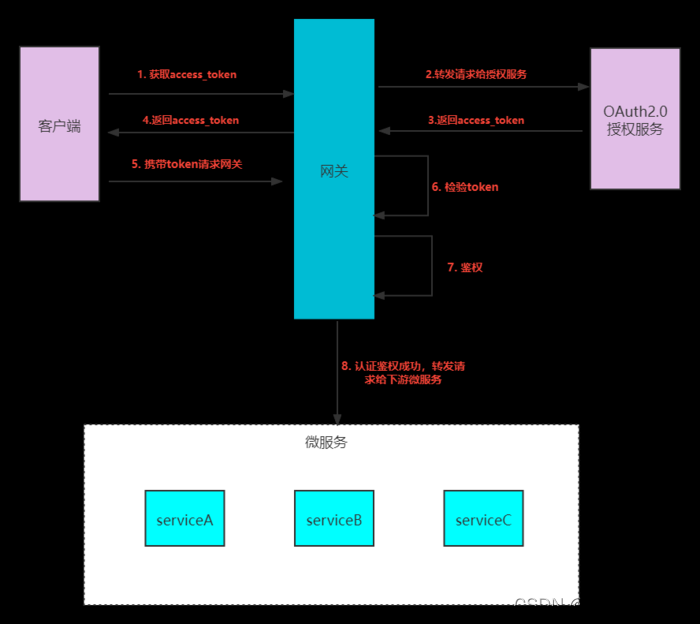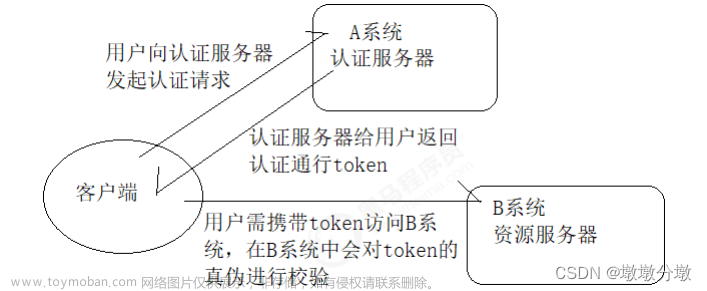一、集成与默认认证:
1、说明:在引入 Spring Security 项目之后,没有进行任何相关的配置或编码的情况下,Spring Security 有一个默认的运行状态,要求在经过 HTTP 基本认证后才能访问对应的 URL 资源,其默认使用的用户名为 user, 密码则是动态生成并打印到控制台的一串随机码。
2、demo验证:
(1)pom:只需要pom添加相关依赖,即完成默认集成功能
<?xml version="1.0" encoding="UTF-8"?>
<project xmlns="http://maven.apache.org/POM/4.0.0"
xmlns:xsi="http://www.w3.org/2001/XMLSchema-instance"
xsi:schemaLocation="http://maven.apache.org/POM/4.0.0 http://maven.apache.org/xsd/maven-4.0.0.xsd">
<modelVersion>4.0.0</modelVersion>
<groupId>com.demo.security</groupId>
<artifactId>security-demo</artifactId>
<version>1.0-SNAPSHOT</version>
<parent>
<groupId>org.springframework.boot</groupId>
<artifactId>spring-boot-starter-parent</artifactId>
<version>2.1.14.RELEASE</version>
</parent>
<dependencies>
<dependency>
<groupId>org.springframework.boot</groupId>
<artifactId>spring-boot-starter</artifactId>
</dependency>
<dependency>
<groupId>org.springframework.boot</groupId>
<artifactId>spring-boot-starter-test</artifactId>
<scope>test</scope>
</dependency>
<dependency>
<groupId>org.springframework</groupId>
<artifactId>spring-aop</artifactId>
</dependency>
<dependency>
<groupId>org.springframework.boot</groupId>
<artifactId>spring-boot-starter-web</artifactId>
</dependency>
<dependency>
<groupId>org.springframework.security</groupId>
<artifactId>spring-security-web</artifactId>
</dependency>
<dependency>
<groupId>org.springframework.security</groupId>
<artifactId>spring-security-config</artifactId>
</dependency>
</dependencies>
<build>
<plugins>
<plugin>
<groupId>org.apache.maven.plugins</groupId>
<artifactId>maven-compiler-plugin</artifactId>
<configuration>
<source>1.8</source>
<target>1.8</target>
</configuration>
</plugin>
<plugin>
<groupId>org.springframework.boot</groupId>
<artifactId>spring-boot-maven-plugin</artifactId>
</plugin>
</plugins>
</build>
</project>(2)配置文件:
server.port=8089
//springboot2.0之后的路径配置写法
server.servlet.context-path=/securityDemo(3)启动类:
@SpringBootApplication
public class StartApplication {
public static void main(String args[]){
SpringApplication.run(StartApplication.class,args);
}
}
(4)controller:
@RestController
@RequestMapping("/user")
public class UserController {
@RequestMapping("/test")
public String test(){
return "这是user test";
}
}
2、默认配置:
(1)启动项目,可以看到后台打印
Using generated security password: 4f393758-019f-4084-8ddf-f387471edae6

(2)浏览器访问拟好的/user/test接口:http://localhost:8089/securityDemo/user/test
发现自动重定向到http://localhost:8089/login并且弹出登陆表单

用户名输入user,密码输入刚才控制台打印的一串密码,点击登陆后自动重定向:

如果输入错误的用户名或者密码,会自动跳转到error页面

3、指定身份:在 HTTP 基本认证中,用户名和密码都是可以配置的,最常见的就是在 resources 下的配置文件中修改,
重新启动程序,发现控制台不再打印默认密码串了,此时使用自定义的用户名和密码即可登录。文章来源:https://www.toymoban.com/news/detail-784383.html
二、弊端:事实上,绝大部分 Web 应用都不会选择 HTTP 基本认证这种认证方式,安全性差、无法携带 cookie 、灵活性不足。通常选择表单认证,自己实现表单登录页和验证逻辑,从而提高安全性。文章来源地址https://www.toymoban.com/news/detail-784383.html
到了这里,关于SpringSecurity入门demo(一)集成与默认认证的文章就介绍完了。如果您还想了解更多内容,请在右上角搜索TOY模板网以前的文章或继续浏览下面的相关文章,希望大家以后多多支持TOY模板网!






![[Vue]之Jwt的入门和Jwt工具类的使用及Jwt集成spa项目](https://imgs.yssmx.com/Uploads/2024/02/714980-1.gif)






